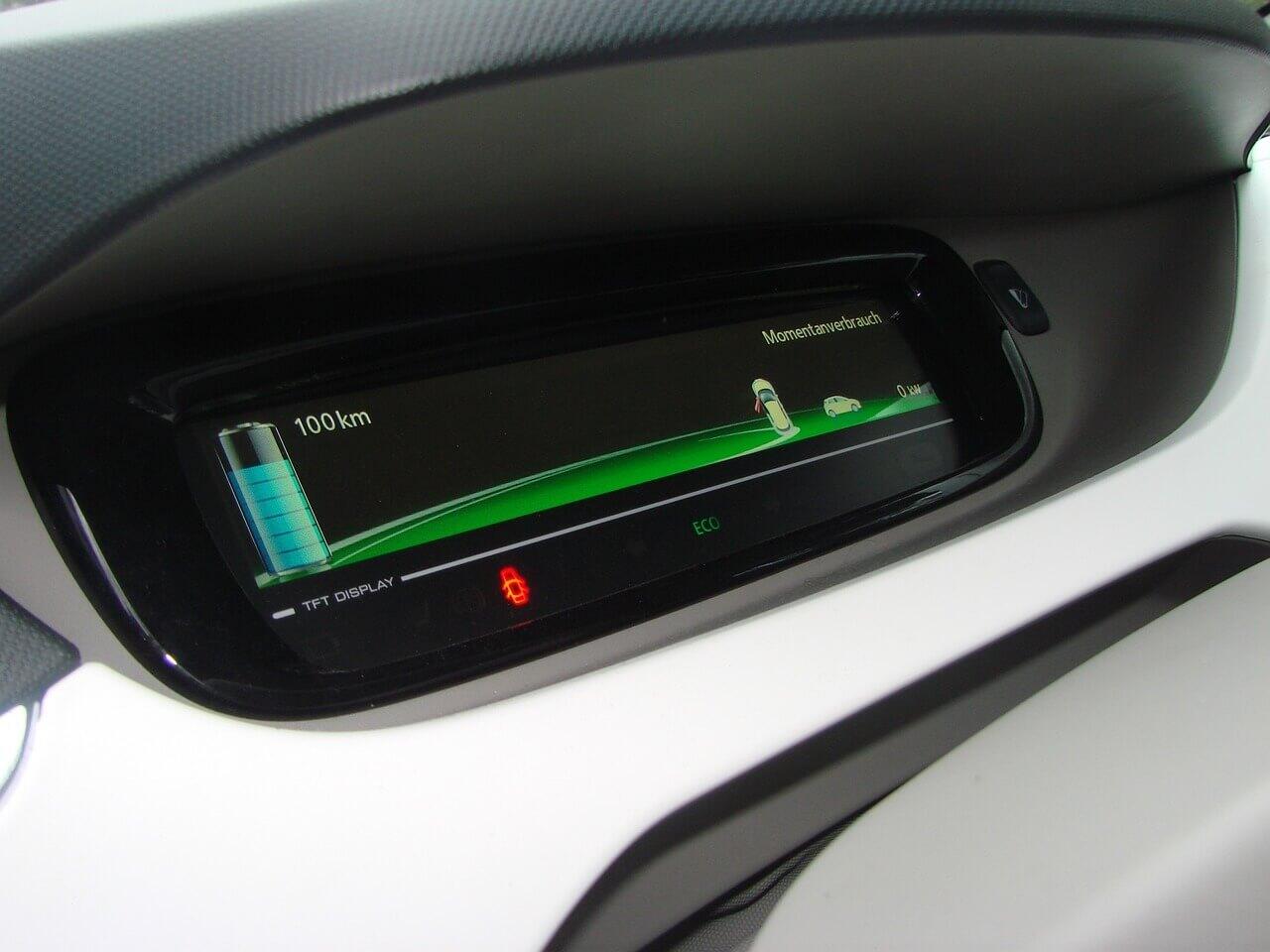In recent months, the outgoing Biden administration made significant moves to secure cobalt supplies by exploring the acquisition of Congo-based mining giant Chemaf. This reflects Washington’s strategic focus on ensuring stable supply chains for electric vehicle (EV) batteries, given that over 70% of the world’s cobalt is sourced from the Democratic Republic of Congo.
However, with the incoming Trump administration likely to shift gears, the urgency to secure cobalt may soon be overshadowed by a broader trend that is reshaping the battery industry.
Indeed, as the dust settles on the race for cobalt, it’s becoming increasingly clear that the future of energy storage lies elsewhere, specifically, in lithium iron phosphate (LFP) batteries. These batteries are emerging as a more sustainable, cost-effective, and scalable solution, positioning lithium-based technology at the forefront of the next phase in energy innovation.
The Economic and Environmental Case for Lithium Batteries
For years, cobalt has been a critical component of traditional lithium-ion batteries, prized for enhancing energy density and stability. Yet growing awareness of the ethical and environmental costs associated with cobalt mining, combined with its supply chain vulnerabilities, is driving a shift toward cobalt-free alternatives. This is where lithium iron phosphate batteries are making their mark.
LFP batteries, once seen as less efficient due to their lower energy density, have made significant strides. Today, advancements in LFP technology have vastly improved their performance, making them a competitive option for both EVs and large-scale energy storage. Major automakers like Tesla and General Motors have begun integrating LFP batteries into their standard-range EV models. This pivot is not merely about reducing costs; it’s a strategic move towards ensuring more sustainable and stable supply chains in the years to come.
Lithium-based batteries, particularly LFP, are now seen as the cornerstone of sustainable energy solutions for several reasons. First, they rely on widely available resources like iron and phosphate, avoiding the ethical and geopolitical challenges associated with sourcing cobalt. By leveraging abundant materials, LFP technology offers a pathway to more resilient and responsible production.
The economic benefits of LFP batteries are equally compelling. As the technology matures, production costs continue to decline, which makes these batteries increasingly affordable for mass-market applications. This cost efficiency is particularly relevant in the context of electric vehicle adoption, where lower battery costs can help accelerate the transition to cleaner transportation. By reducing price barriers, lithium batteries could drive broader adoption of EVs, including in emerging markets where affordability remains a key challenge.
Moreover, LFP batteries are distinguished by their longevity and safety. While they may not match the energy density of cobalt-based batteries, LFP batteries excel in durability, often supporting thousands of charging cycles with minimal degradation.
This extended lifespan makes them ideal for high-mileage vehicles and commercial fleets, where reducing maintenance costs is crucial. Additionally, LFP batteries are known for their chemical stability, significantly lowering the risk of overheating, a critical factor for residential and commercial energy storage.
More from Tech
- Experts Comment: What Are the Primary Challenges Facing the MedTech Industry in 2025?
- Top 10 Cybersecurity Startups in New Zealand 2025
- The New Energy Arms Race: How LIS Technologies Is Shifting Global Power Dynamics
- Top 10 SaaS Startups in South Africa 2025
- Top 10 MedTech Startups in Australia 2025
- Smart Bowls and ChatGPT for Cats? Inside the AI-Powered Pet Home
- What Are the Problems with Air Source Heat Pumps?
- How Solar Powered Batteries Are Shaping The Future Of Green Energy
Is Lithium The Future of Energy Storage?
The advantages of LFP technology extend well beyond the automotive sector. For utility-scale applications, LFP batteries offer an effective solution for balancing the intermittency of renewable sources. Their longer cycle life and lower cost make them well-suited for storing energy when production is high and releasing it when demand peaks. Unlike cobalt-heavy batteries, which are limited by the availability of rare materials, LFP batteries leverage widely accessible resources, enabling large-scale deployment at a lower environmental cost.
While LFP batteries are leading the charge, other innovations in battery technology are gaining traction. For example, sodium-ion and solid-state batteries are being explored as complementary solutions within the energy storage ecosystem. Sodium-ion batteries, which use readily available sodium, are being developed for grid storage applications where cost efficiency is more important than high energy density.
Solid-state batteries, on the other hand, replace the liquid electrolytes in traditional batteries with solid ones, potentially offering higher energy densities and improved safety. Companies like Toyota are investing heavily in this technology, with an eye on premium EV applications that demand both performance and reliability. However, despite these developments, lithium-based technologies—particularly LFP—remain the most viable solution for mass adoption in the near term.
As advancements in LFP technology continue to unfold, lithium batteries are poised to become the foundation of a sustainable energy future. Their combination of cost efficiency, safety, and scalability makes them an optimal choice for a wide range of applications, from electric vehicles to renewable energy storage systems.
In the end, the focus on securing cobalt may soon be viewed as a temporary phase in the broader shift towards sustainable energy solutions. With lithium iron phosphate at the forefront, we are entering a new era where technology, accessibility, and sustainability converge to drive the future of clean energy.



